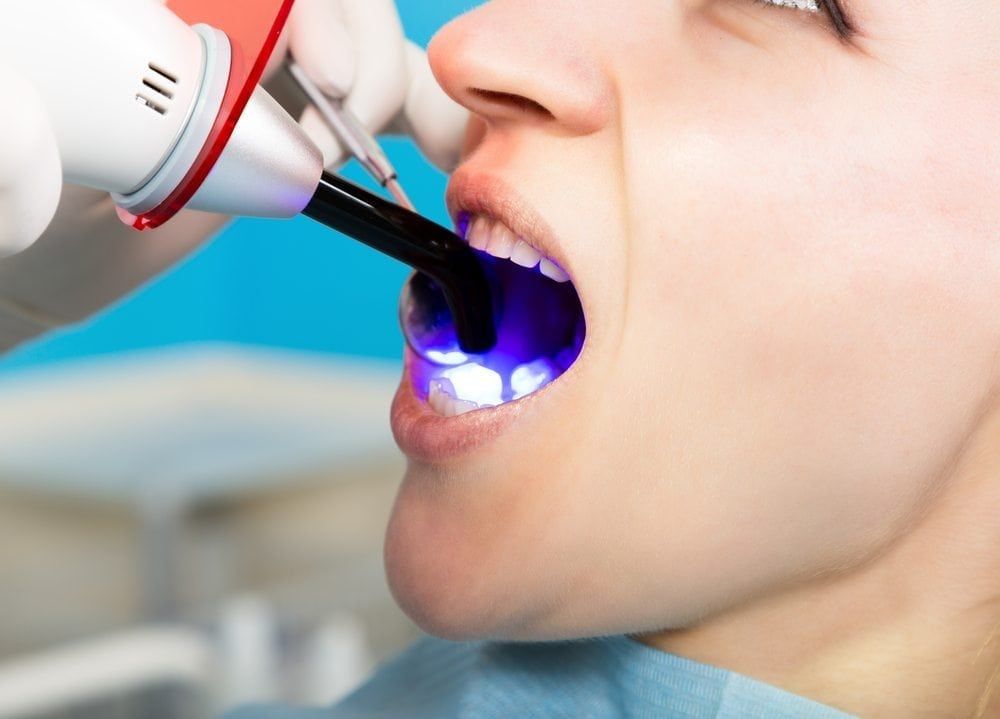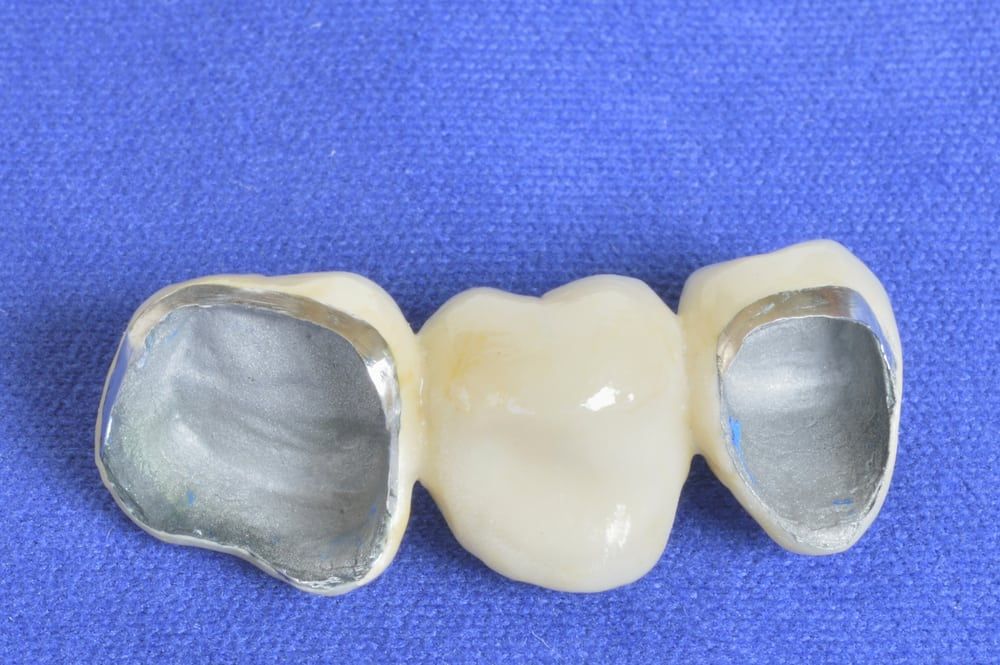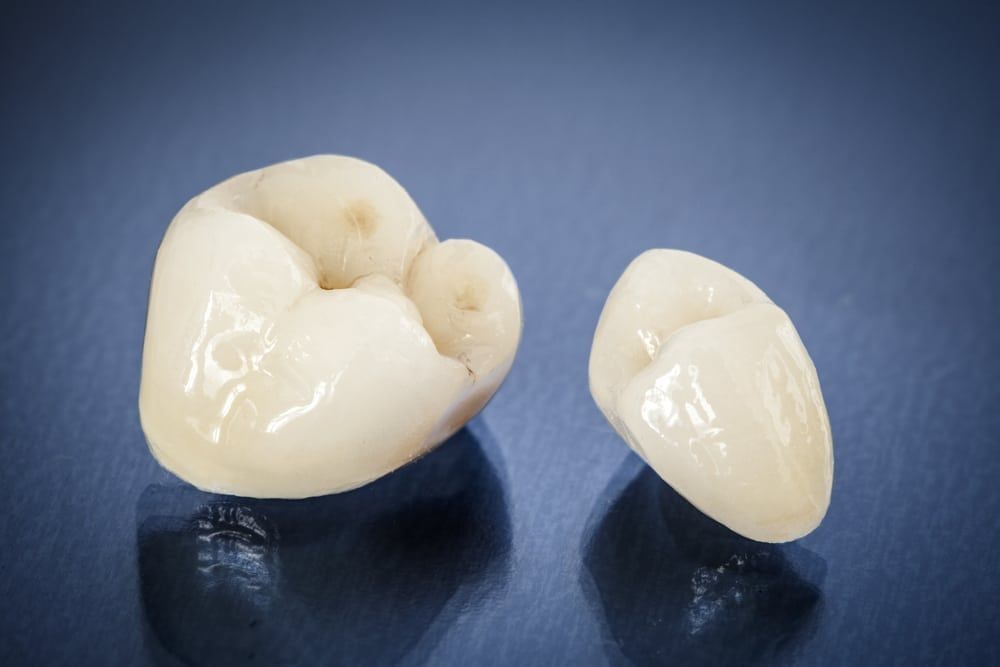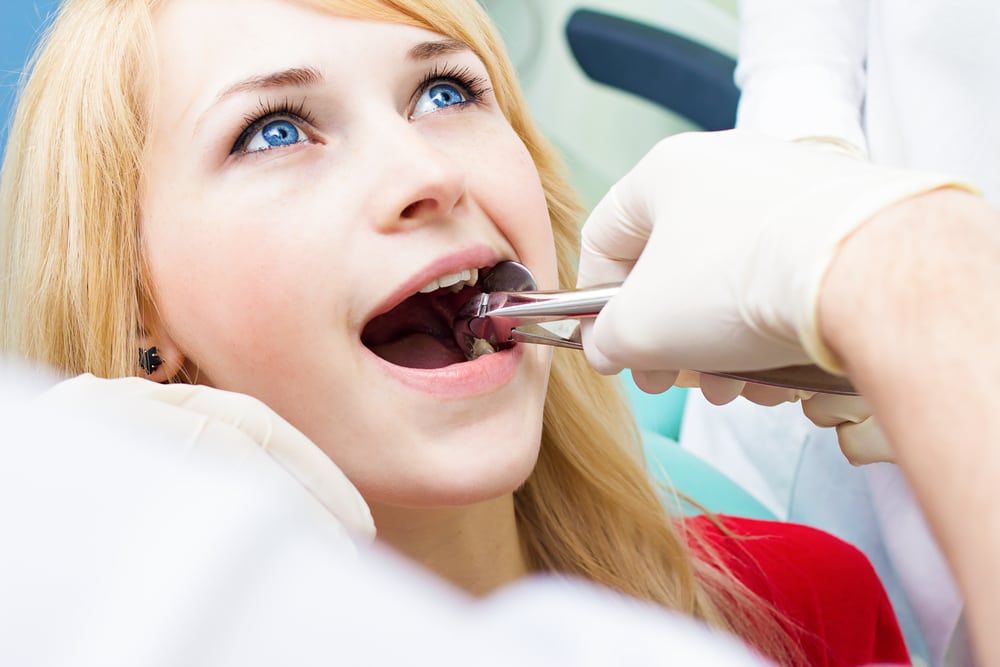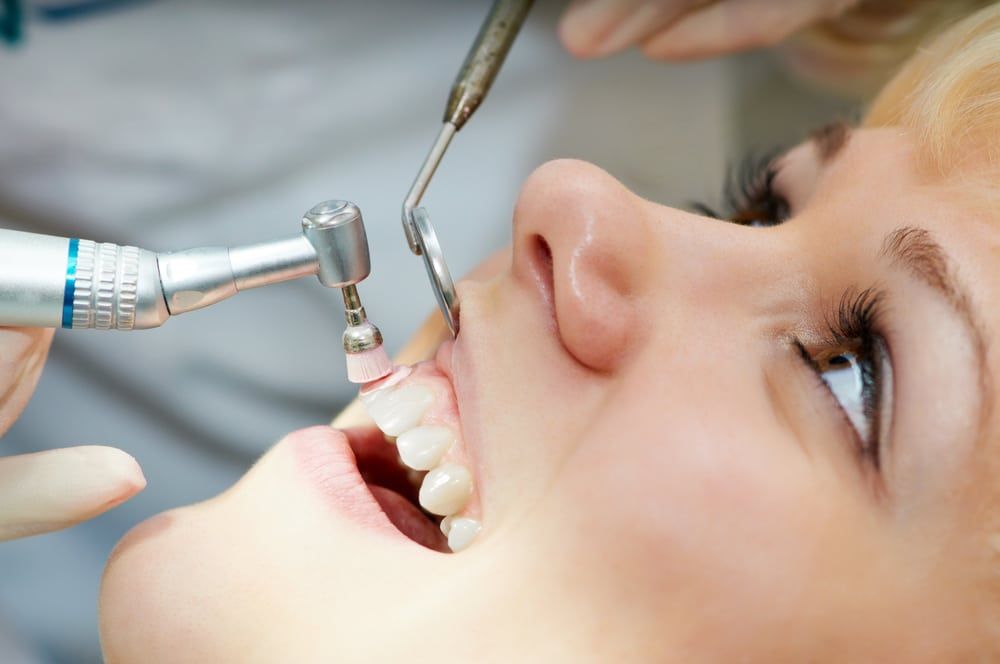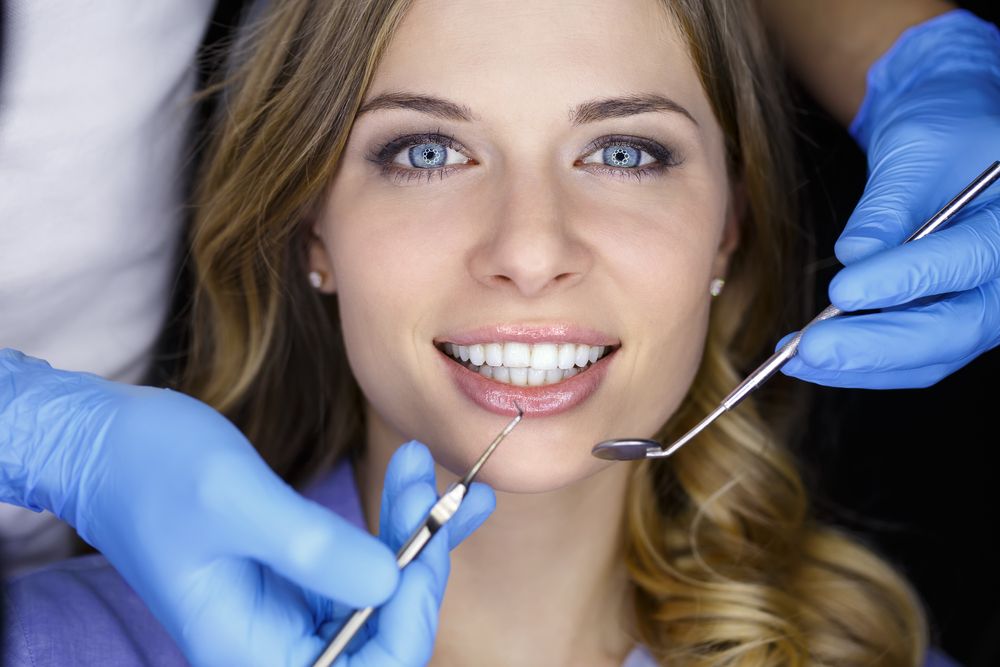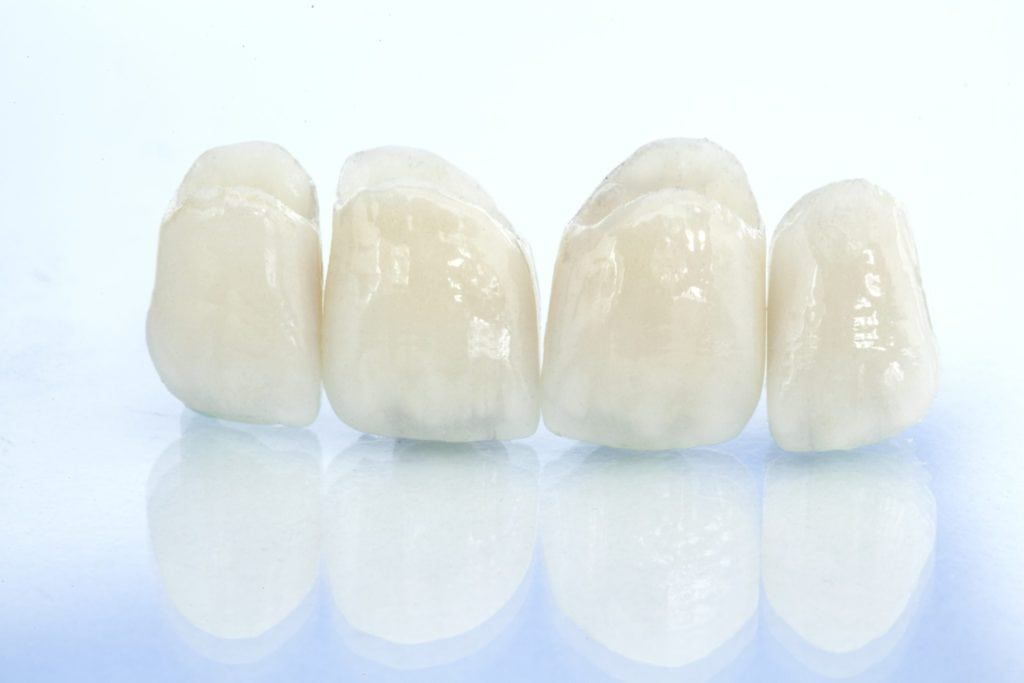
Dental Crowns are used to strengthen teeth that have been weakened by damage, cavities, or fractures. They help improve your tooth’s structure and make your mouth more aesthetically appealing. Crowns can be made from a variety of materials. Gold and various alloys are typically used for back teeth while porcelain is a better choice for front teeth as it more closely resembles your natural tooth color. But there’s a new player in the field of dental crowns. The BruxZir crown is made of solid zirconia and is incredibly strong while still maintaining the strength needed for chewing.

